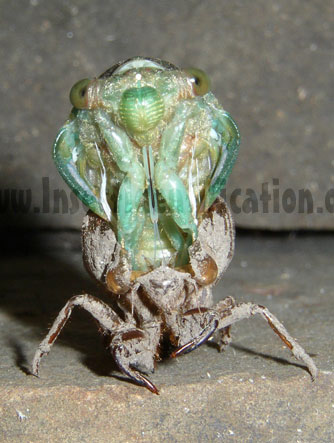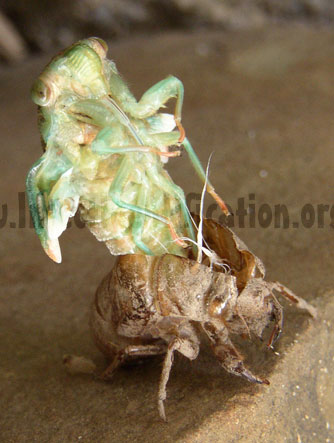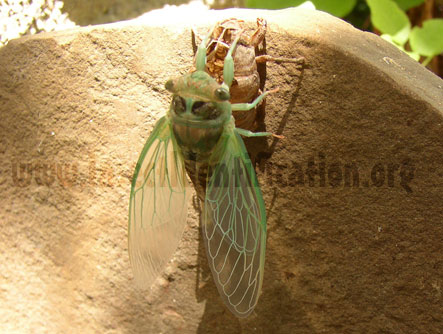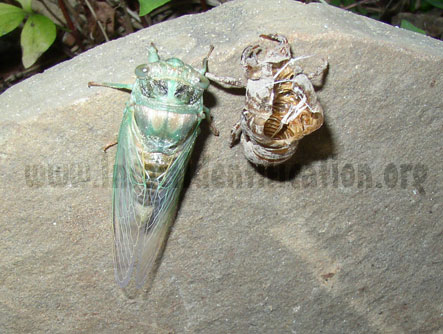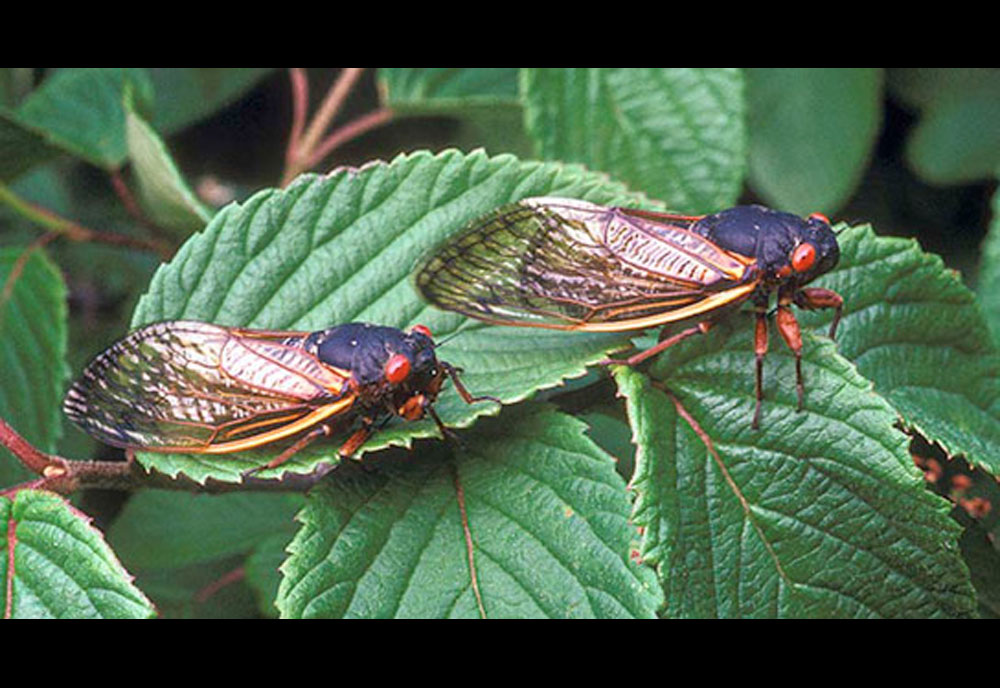
MENU
To undergo the process of molting, an insect must begin to take in air or water by either swallowing it in naturally or raising its internal blood pressure. This instigates the process of molting that begins. The result is a soft, expandable exoskeleton suitable for further, albeit limited, growth. This process is repeated several times during the life span of an insect depending on the species. The new exoskeleton will eventually harden and retain the original coloring of the insect as it matures and is exposed to the elements and everyday wear-and-tear.
Depending on the species, molting can actually occur about 5 to 60 times in the life span of an insect and is generally regarded as one of the most vulnerable processes that an insect can go through. Yet this process is naturally required by insects to continue to grow into a full adult stage. Not surprisingly, molting is not limited to insect species alone as even spiders and snakes undergo the procedure as needed.
With 2008 having been the 'Summer of the Periodical Cicada', the timing was perfect to receive these spectacular images of the Cicada molting process as submitted from Darla M. of Lancaster, New York. These images show clear detail of the entire process and offer up a glimpse into a world that few of us ever stop to admire. So, with a special thanks to Darla for making these images possible, enjoy.
©InsectIdentification.org (photos courtesy of Darla M. of Lancaster, NY)
